Have Carbon Clinchers Finally Hit the Weight We Want?
Bike weights have been increasing over the last five years or so. We’ve added a lot of technologies with important benefits… and some costs, including extra weight. The two biggies are disc brakes, and the switch from tubulars to clinchers. Don’t get me wrong – I’m the last guy that wants to spend time gluing tubular tires – and most new disc brake systems work far better than the hidden scissor-style TT brakes that infected triathlon bikes in the early 2010s. Of course, there are direct-mount rim brakes that work fantastically well, but that’s a topic for another day.
Weight is not the end-all, be-all. I’d argue that no other cycling outlet has championed that message harder than Slowtwitch. However, that’s not to say that weight is completely irrelevant, nor that we shouldn’t try to improve.
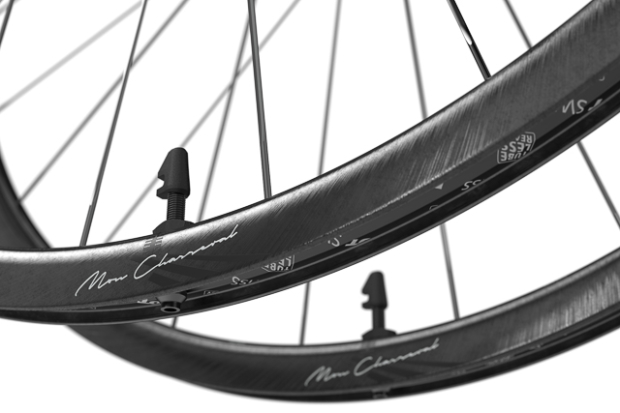
With this in mind, DT Swiss piqued our interest with a new wheelset, the Mon Chasseral. It’s actually the 5th generation of the product, which originally launched back in 2007. This wheelset has evolved significantly over time, but the key design theme is a shallow-to-mid-section clincher, aimed to bring the lightest possible weight to a package that can be ridden day-to-day. If you were a cyclist in the 90’s, you might remember the Mavic Helium, or some of the lightweight options from Rolf, Bontrager, and American Classic.
This style of wheel has always seemed to capture the hearts of many; those seeking a balance of weight, daily ease-of-use, and a sprinkle of aerodynamic performance. Some people want a single wheelset for all conditions. Some people just like the look and design theme of these wheels. I’m not here to argue with you. However, be forewarned that aero weenies and weight weenies hate them. “Aero is everything, and you’re a dummy if you want anything else!” There’s also always some esoteric combination of rim, spoke, and hub that comes in at a lighter weight… but requires that you know a guy that knows a guy that can somehow source and build those magic wheels.
Personally, I don’t play those games. I like a lot of different wheels, and I don’t care what you ride. I have always had a soft spot in my heart for these shallow-to-mid-section clinchers, and they are what I ride for most of my training.
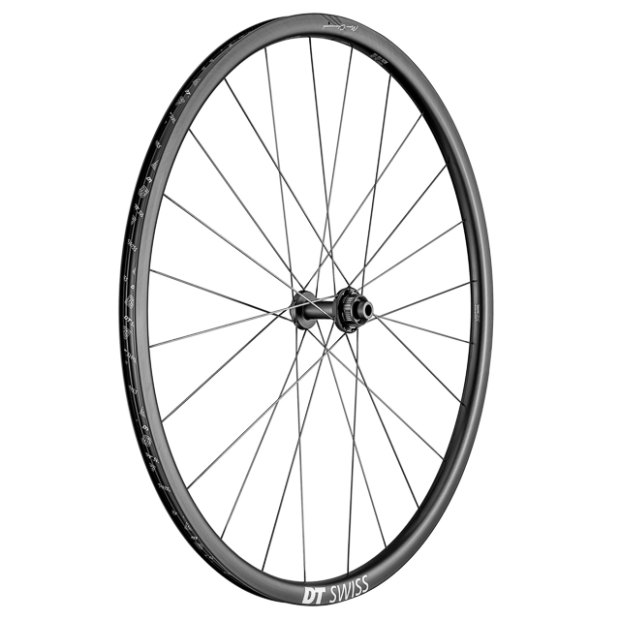
Let’s get into some specifics on what DT is bringing to the table. First off, the weight is borderline unbelievable, at 1,266 grams for the complete set. You read that correctly. These are tubeless-ready, disc brake wheels. They’re a full 209 grams lighter than the Zipp 202 NSW Carbon Clincher Tubeless Disc Brake. Of course, both wheel sets are fantastically expensive, at $3,200 for the Zipps, and $3,700 for the DTs. This author will not be buying either unless he wins the next Pick 6, or finds a briefcase of cash (unmarked bills, non-sequential serial numbers, please). The bike/rider weight limit is similar for both sets, at 242 lbs (DT) and 250 lbs (Zipp).
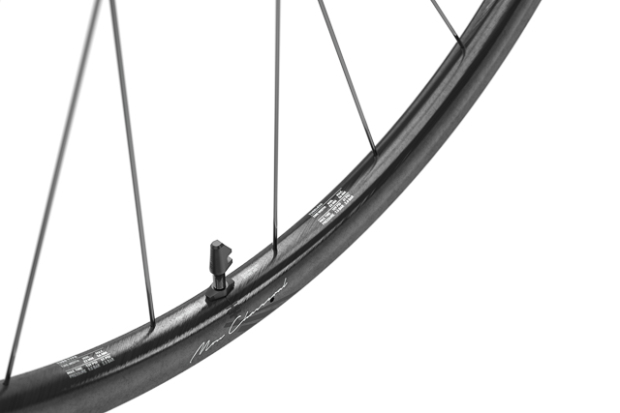
How is the weight so low? The Mon Chasseral uses a rim that’s neither super deep (24mm) nor wide (18mm internal). They report that the manufacturing process has been significantly refined, calling the rims “Out-of-the-mold” ready. In other words, there is no finishing work done, and no paint applied.
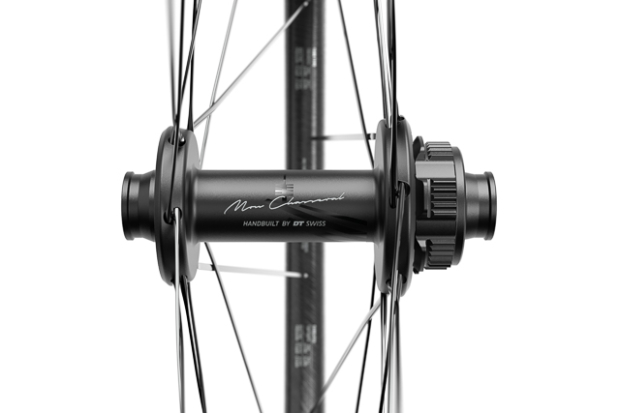
The next interesting weight reduction technique really caught my eye. DT uses the Shimano Center Lock disc brake standard, of which I’m a huge fan. Rather than relying on six separate bolts, a splined interface and lockring make rotor installation a breeze. DT took this one step further by eliminating sections of this splined area. The safety-weenie in me wonders if there is any tangible downside to this, but DT has a large test lab for sorting that out.
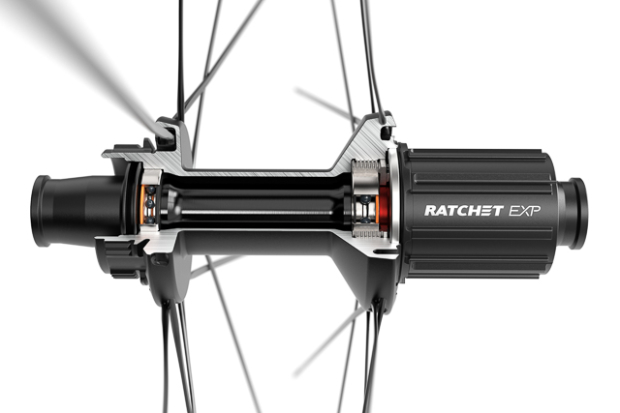
Bearing sizes have been reduced, which can be a double-edged sword. Bearings are the heaviest part of the hub assembly. They’re essentially big discs of steel. Making them smaller cuts a significant chunk of weight, at a cost of reduced load capacity and bearing life. Quality bearings and robust sealing mechanisms and help to combat this issue, though most manufacturers have become addicted to flimsy low-drag seals for the sales-floor-spin-demo.
However, I’m just speculating. I haven’t ridden the Mon Chasserals. I can say with confidence that I’ve had outstanding success with the longevity of DT hubs over the past 20 years – which have far outlasted many competing products I’ve ridden (i.e. those with a similar weight and design intent).
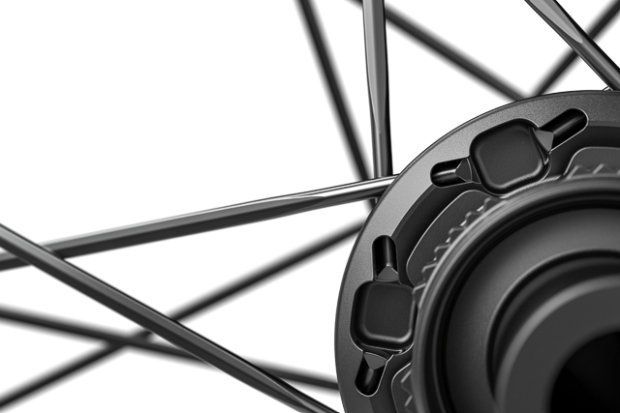
The Mon Chasseral uses 24 spokes front and rear. These lace to asymmetric rims, helping to even out spoke tension. There’s another lacing detail we mustn’t overlook – and that’s the use of T-head spokes. Traditional straight-pull spokes use round heads, which are subject to rotation (i.e. the spokes can unwind themselves over time). T-head spokes lock into place, eliminating rotation. This gives a similar benefit to j-bend spokes, with the aesthetic improvements and weight reduction made possible by straight-pull hubs. I hope to see this trend grow.
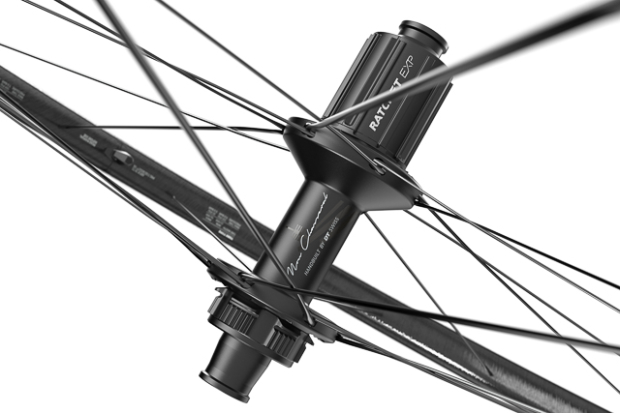
DT recommends a 25mm tire, and does not place any restrictions on tire brand or model. The rims have bead hooks, and can be used with any traditional clincher, or tubeless-ready clincher tire.
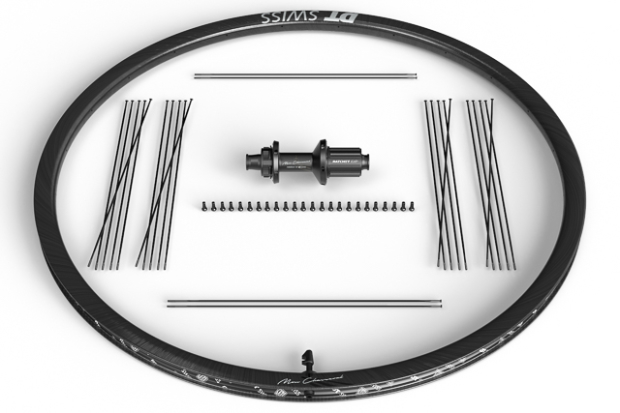
Is this likely to be your next triathlon race wheel? No. However, it could very well be your next Gran Fondo wheel. The larger picture is that disc brake and tubeless weights are coming down, with these DT hoops as a prime example of what’s possible. Every DT wheel I’ve ridden has been fool-proof and trouble-free – and bringing that reputation to a new light weight contender is a substantial headline. I expect we’ll see many competitors bringing similar design cues to their triathlon and aerodynamic-focused offerings in the next few model year cycles.


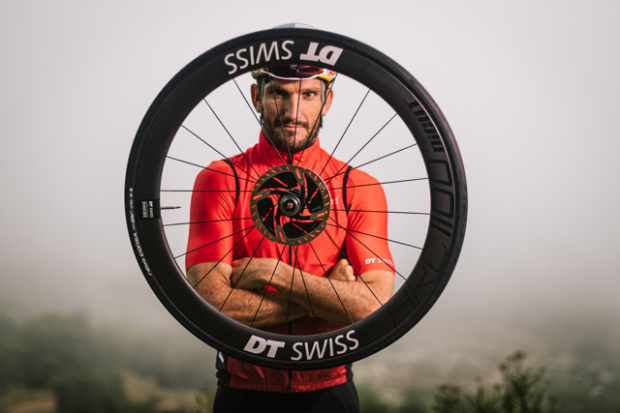

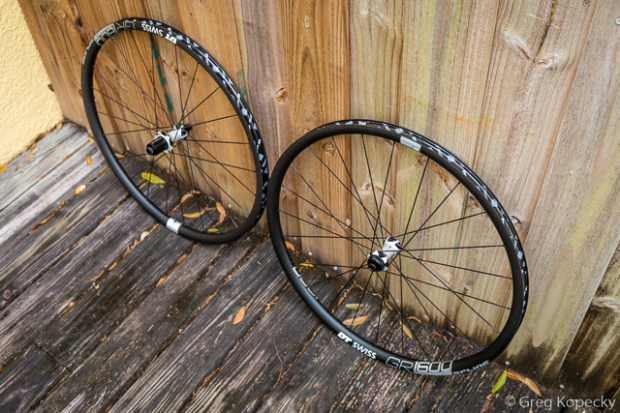
Start the discussion at slowtwitch.northend.network